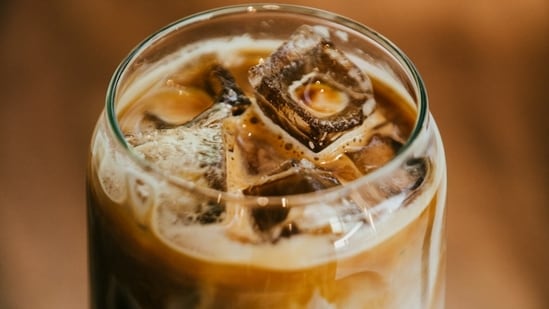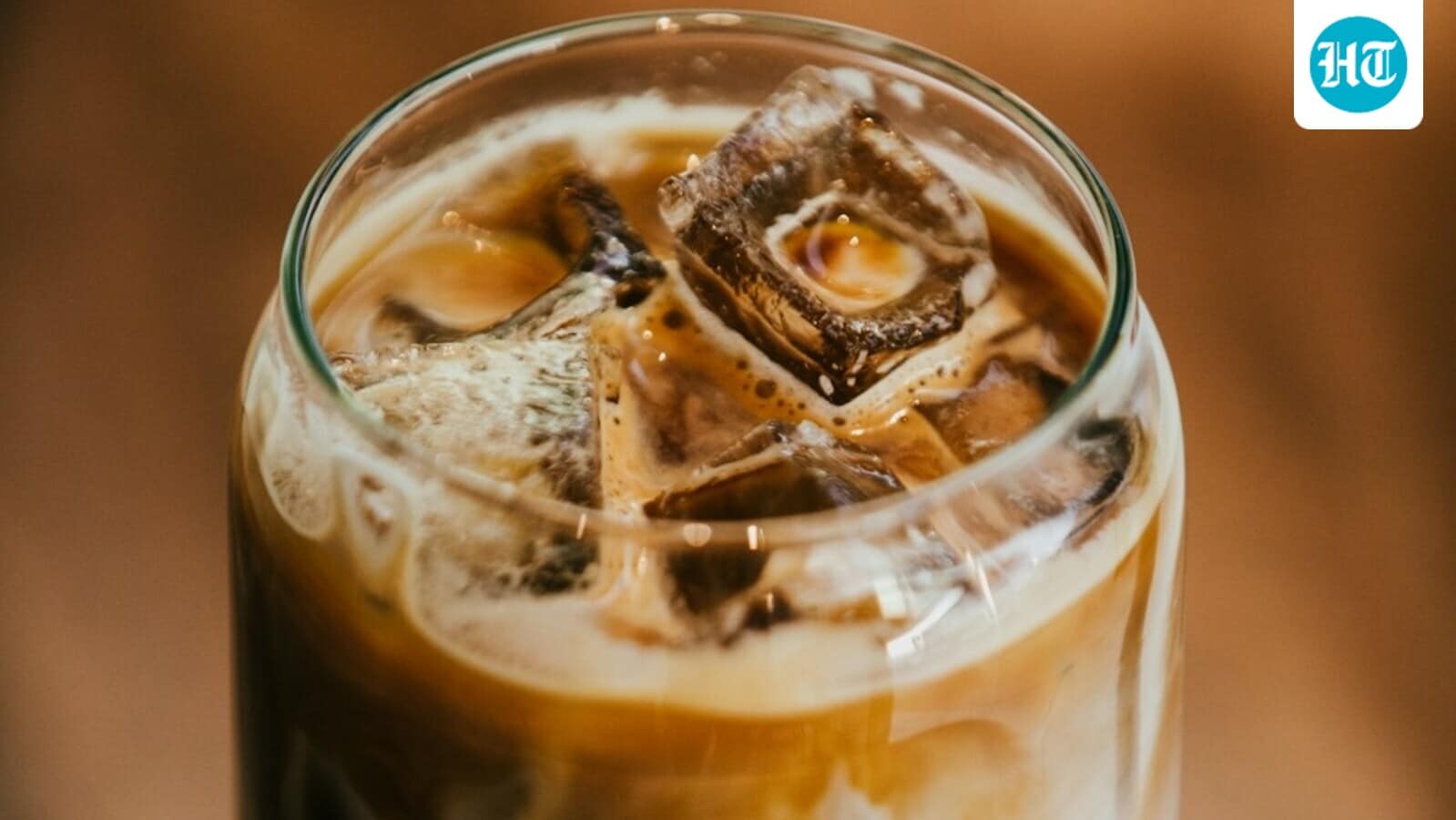Do you savour your morning caramel or hazelnut latte on the way to work? That sweet, creamy sip might feel like a little treat, the sugar hidden in flavoured coffees can quietly affect your blood glucose levels, sometimes as dramatically as eating dessert.
 Does your morning coffee contain enough sugar to be called a dessert?(Unsplash)
Does your morning coffee contain enough sugar to be called a dessert?(Unsplash)
Jessie Inchauspé, a French biochemist, NYT bestselling author, and health activist popularly known as the Glucose Goddess on social media, is starting a conversation about whether your morning coffee, especially the flavoured ones, is actually a dessert masquerading as your daily caffeine fix. In an Instagram video posted on October 3, the glucose expert analyses the dramatic spikes shown on a glucose graph – caused by the high sugar content in these coffees – and shares practical tips to help balance the surges.
Is coffee a dessert?
According to Jesse, flavoured coffees including the popular seasonal favourite – pumpkin spice latte – isn’t merely coffee and milk in a cup, and contains extremely high amounts of sugar. She explains, “A pumpkin spice latte isn’t just coffee and milk with some added spices. It contains so much sugar. 50 grams of sugar for a grande cup.” When broken down, that’s the equivalent of consuming 12 sugar cubes in one go – enough to trigger a sharp spike in blood glucose levels. Jesse continues, “Seriously, would you want to put 12 sugar cubes in your morning coffee? This is dessert in a cup.”
In her video, the glucose graph reveals a dramatic spike within two hours of consuming a pumpkin spice latte. By contrast, the graph for a whole milk latte shows a much steadier curve, without such a sharp rise. She adds that this is not just the case for pumpkin spice latte but is applicable for all the fun flavours, like caramel, hazelnut, vanilla, and so on – which are basically sugar in liquid form. Jesse explains, “Each pump of syrup is 5-10 grams of sugar, and most drinks have at least 3 or 4 pumps. What looks like just a coffee is actually a dessert in disguise.”
How to balance glucose spikes?
The sharp glucose spikes are not ideal but if you are craving a cup of coffee-flavoured dessert, there are ways to balance out the surges. Jesse suggests either making it at home, so that you are in control of how much sugar you want to add, or following the hacks she mentions. She recommends balancing the sugar out with some vegetables or healthy fats – “Have it after a meal rather than on an empty stomach. Have veggies first or put some clothes on it like eating a big handful of almonds.”
Note to readers: This article is for informational purposes only and not a substitute for professional medical advice. It is based on user-generated content from social media. HT.com has not independently verified the claims and does not endorse them.

